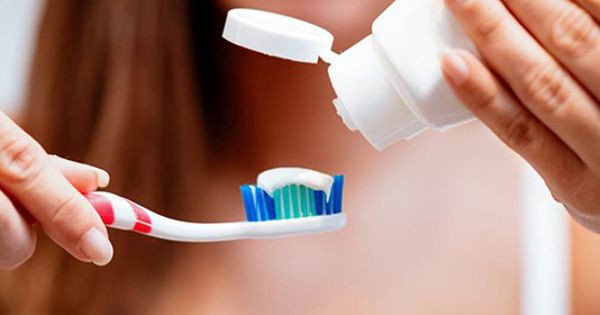How to monitor breathing to detect signs of severe change in children F0
Signs of severe change in children are F0
Usually when children get COVID-19, the family only needs to be monitored and treated at home, only a small percentage has to be hospitalized. However, there is still some risk of aggravation, which can lead to multi-system inflammation in children with COVID-19, so families should not be subjective, it is necessary to closely monitor children for signs of aggravation, such as: F0:
– Children with fever from 38.5 degrees or higher need to give antipyretic, need to evaluate the child’s mental health. If children can still play normally, they can stay at home, give them plenty of water and electrolytes such as orange juice, coconut water…
– Child’s breathing rate: The family observes each time the child inhales – exhales, the abdomen rises and falls to assess:

– When the baby breathes in and out, the crease between the ribs and the abdomen is concave called thoracic indrawing, which is a sign of respiratory failure, parents must be hospitalized immediately.
Assoc. Dr. Bui Vu Huy, Senior Lecturer in Infectious Diseases, Hanoi Medical University, said that the progression and symptoms in children with COVID-19 are similar to adults, but recent studies have shown that the rate complications in children are much lower. The doctor points out that the children at risk of severe progression that parents need to be aware of include:
– Premature babies (under-term), weak babies (weighing less than 2.5kg)
– Children with obesity, chronic diseases such as asthma, congenital heart disease.
The doctor also noted that all drugs used for children must be according to weight and according to the doctor’s prescription, antiretroviral drugs should not be used during treatment. COVID-19 for children.
Notes on the use of antiviral drugs in the treatment of COVID-19
Assoc. Dr. Bui Vu Huy gave some notes:
– Use as prescribed by your doctor. Must be used at the right time, not yet sick, used ineffectively.
– Pregnant women should not use. People who are breastfeeding, consider carefully before using. People who have used the drug should not give birth within 3 months after that.
– People with chronic liver and kidney disease should be careful.
Steps to take when diagnosed with COVID-19:
Assoc. Dr. Bui Vu Huy advises people to first stay calm, and then notify the home care facility.
Self-assess whether you are eligible for home self-treatment.
– Assess ability to take care of yourself or have a carer
– Prepare isolation conditions at home, monitor for signs of disease progression.
Signs to watch for daily:
– Group 1 signs of disease: fever, body aches, loss of appetite, nausea, even diarrhea
– Group of signs of respiratory tract inflammation: Cough, sneezing, runny nose, runny nose, stuffy nose.
Complications: Rapid breathing, difficulty breathing, coughing up blood…
5 signs to watch for daily: Temperature, breathing rate and breathing pattern, cardiovascular and blood pressure readings, blood oxygen saturation index SpO2.
You can follow more detailed advice from Assoc. Dr. Bui Vu Huy through the program “Living healthy every day” below:
Live healthy every day: F0 home treatment
* Invite readers to watch programs broadcast by Vietnam Television on TV Online and VTVGo!
at Blogtuan.info – Source: vtv.vn – Read the original article here



